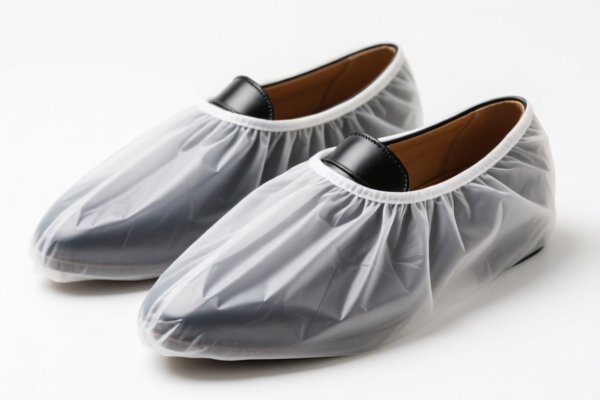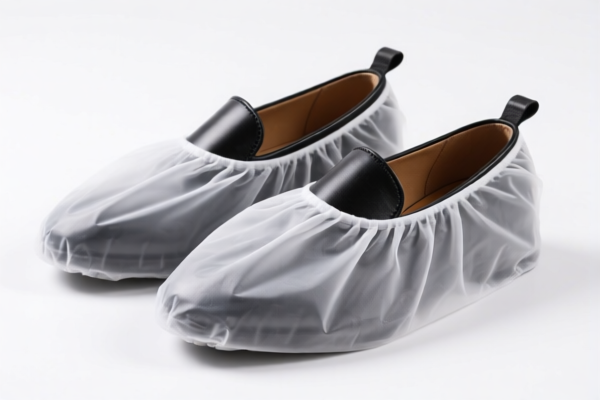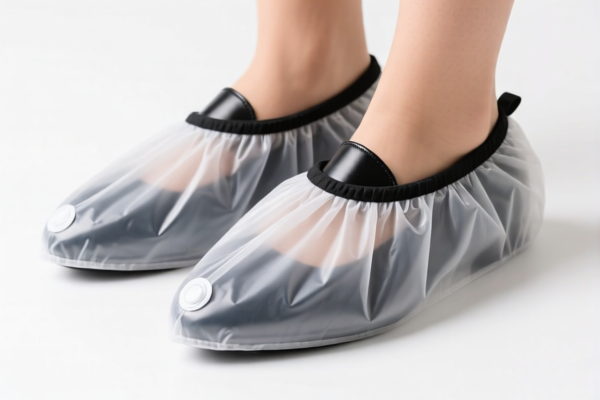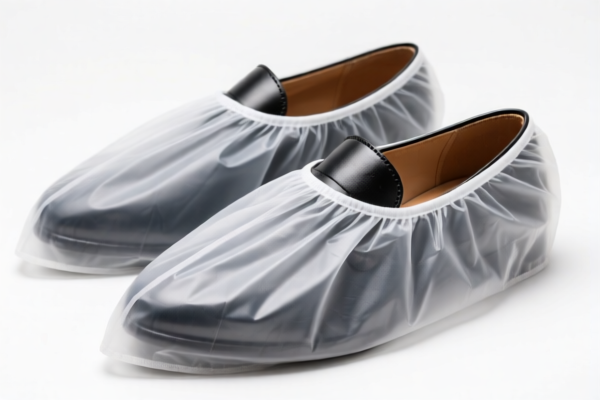| HS Code | Official Doc | Tariff Rate | Origin | Destination | Effective Date |
|---|---|---|---|---|---|
| 6401993000 | Doc | 62.5% | CN | US | 2025-05-12 |
| 6401996000 | Doc | 75.0% | CN | US | 2025-05-12 |
| 6402915010 | Doc | 67.5% | CN | US | 2025-05-12 |
| 6402993310 | Doc | 75.0% | CN | US | 2025-05-12 |
| 3923900080 | Doc | 58.0% | CN | US | 2025-05-12 |
| 3926209050 | Doc | 60.0% | CN | US | 2025-05-12 |
| 3926909989 | Doc | 42.8% | CN | US | 2025-05-12 |




Waterproof Shoe Covers
Waterproof shoe covers are protective coverings for footwear designed to shield shoes from water and other elements, maintaining dryness and cleanliness. They are utilized across a variety of applications, ranging from outdoor activities to professional settings.
Material
A range of materials are employed in the construction of waterproof shoe covers, each offering different levels of durability, flexibility, and cost:
- PVC (Polyvinyl Chloride): A common, economical choice providing adequate water resistance. Often thicker and less flexible.
- TPU (Thermoplastic Polyurethane): Offers superior abrasion resistance and flexibility compared to PVC. More durable and comfortable.
- Silicone: Lightweight, highly flexible, and provides excellent water resistance. Generally more expensive.
- Rubber: Durable and waterproof, but can be less comfortable and less flexible than other options.
- Neoprene: Offers insulation in addition to waterproofing, suitable for colder conditions.
- Fabric with Waterproof Coating: Often polyester or nylon treated with a waterproof membrane (e.g., polyurethane). Offers breathability and flexibility, but may be less durable than solid materials.
Purpose
The primary purpose of waterproof shoe covers is to protect footwear from:
- Water: Rain, snow, puddles, splashes.
- Mud & Dirt: Maintaining cleanliness of shoes and preventing tracking contaminants indoors.
- Chemicals & Liquids: Protecting shoes in industrial or laboratory environments.
- Contamination: Preventing the spread of substances in cleanroom or medical settings.
Function
Waterproof shoe covers function by creating a barrier between the shoe and the external environment. Key features contributing to their function include:
- Sealed Construction: Ensures water cannot penetrate the cover.
- Elasticated or Adjustable Closures: Provide a secure fit around the ankle or calf, preventing water ingress.
- Non-Slip Soles: Enhance traction on wet or slippery surfaces.
- Reinforced Toe & Heel: Increase durability and resistance to abrasion.
Usage Scenarios
- Outdoor Activities: Hiking, camping, fishing, gardening, cycling.
- Travel: Protecting shoes during flights or in hotels.
- Real Estate: Showings, open houses.
- Construction & Landscaping: Protecting work boots from mud, debris, and chemicals.
- Medical & Laboratory Settings: Preventing contamination and maintaining sterile environments.
- Cleanrooms: Protecting sensitive equipment and products.
- Industrial Environments: Protecting shoes from chemicals, oils, and other hazardous substances.
- Everyday Use: Protecting shoes from rain and splashes in urban environments.
Common Types
- Reusable Shoe Covers: Made from durable materials like TPU or silicone, designed for repeated use. Often feature adjustable closures and non-slip soles.
- Disposable Shoe Covers: Typically made from PVC or polyethylene, intended for single use. Commonly used in medical, laboratory, and cleanroom settings.
- Boot Covers: Longer covers designed to protect boots, often with reinforced soles and adjustable straps.
- Overshoes: More substantial covers that completely enclose the shoe, providing greater protection and durability. Often made from rubber or PVC.
- Gaiters: Covers that extend up the leg, providing protection from water, mud, and debris. Often used in hiking and outdoor activities.
- Anti-Slip Shoe Covers: Designed with enhanced traction for use on icy or slippery surfaces.
Waterproof shoe covers are footwear designed to be worn over other footwear for protection against water, oil, grease, chemicals, or cold/inclement weather. Here are relevant HS codes based on the provided information:
- 6401993000: This HS code covers waterproof footwear with outer soles and uppers of rubber or plastics. The uppers are neither fixed to the sole nor assembled by stitching, riveting, nailing, screwing, plugging, or similar processes. Specifically, it applies to “Other footwear: Other: Other: Designed to be worn over, or in lieu of, other footwear as a protection against water, oil, grease or chemicals or cold or inclement weather: Designed for use without closures”. The total tax rate is 62.5% (Base tariff: 25.0%, Additional tariff: 7.5%, Additional tariff after 2025.4.2: 30%).
- 6401996000: This HS code also covers waterproof footwear with outer soles and uppers of rubber or plastics, where the uppers are not fixed to the sole. It applies to “Other footwear: Other: Other: Designed to be worn over, or in lieu of, other footwear as a protection against water, oil, grease or chemicals or cold or inclement weather: Other”. The total tax rate is 75.0% (Base tariff: 37.5%, Additional tariff: 7.5%, Additional tariff after 2025.4.2: 30%).
- 6402915010: This HS code covers other footwear with outer soles and uppers of rubber or plastics, specifically covering the ankle. It applies to “Other footwear: Covering the ankle: Other: Other: Footwear designed to be worn over, or in lieu of, other footwear as a protection against water, oil, grease or chemicals or cold or inclement weather For men: Work footwear”. The total tax rate is 67.5% (Base tariff: 37.5%, Additional tariff: 0.0%, Additional tariff after 2025.4.2: 30%).
- 6402993310: This HS code covers other footwear with outer soles and uppers of rubber or plastics. It applies to “Other footwear: Other: Other: Footwear designed to be worn over, or in lieu of, other footwear as a protection against water, oil, grease or chemicals or cold or inclement weather For men: Work footwear”. The total tax rate is 75.0% (Base tariff: 37.5%, Additional tariff: 7.5%, Additional tariff after 2025.4.2: 30%).
Chapter 64 refers to footwear, gaiters and the like; parts of such articles. Chapter 39 refers to plastics and articles thereof.
Please note that the applicable tariff rates may change after April 2, 2025, as indicated in the provided information.
Customer Reviews
No reviews yet.